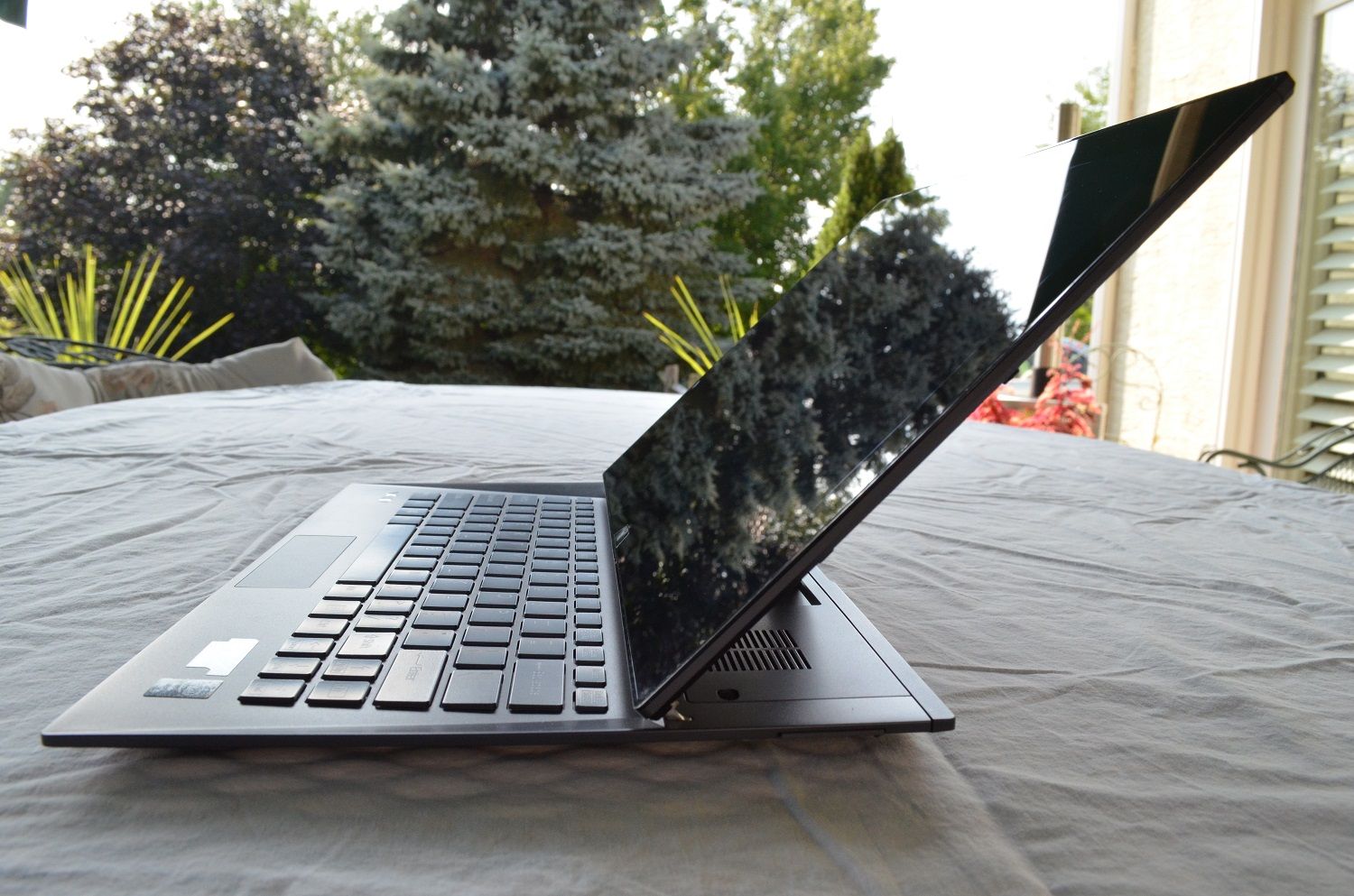What can the new Intel Haswell HD 4400 graphics manage? That’s what I wanted to find out. Aside from our usual slew of benchmarks, which we’ll be showing in our forthcoming Sony Vaio Duo 13 review, I wanted to find out how games felt with HD 4400. So I fired up two classics, Minecraft (2011) and World of Warcraft (2004), to see how Haswell managed.
The Vaio Duo 13 I’m testing is equipped with a Haswell Core i5-4200U processor with HD 4400 graphics.
As with previous Core processors, Intel changes the graphics clock depending upon the particular chip. In the past, Intel always referred to the graphics core in a particular chip as HD 3000 (in the case of Sandy Bridge) or HD 4000 (in the case of Ivy Bridge) even though the graphics core clocks of each chip might be different.
With Haswell, Intel is delineating different graphics core clocks. That’s why, depending upon the chip, you might find HD 4200, 4400, or 5000. There’s also Iris Graphics 5100 and Iris Graphics Pro 5200, both of which you won’t find in an Ultrabook because they’re reserved for 28W processors.












The Vaio Duo 13’s performance is noticeably higher than other HD 4400 setups, so it shouldn’t be a general guide to how the HD 4400 performs.
If we talk about performance, is it really a big different work in daily office using HD4000 and using the new one HD4400 ?
No, why would it be? Graphics is only for 3D.
No, the GPU also accelerates 2D processing. The GPU is used for 2D/3D compositing and rendering of the OS UI and 2D/3D desktop affects. Video rendering can be done on the GPU too.
@Endro Poo
For typical office work, there won’t be a noticable difference.
What’s the difference in features are the HD 4000, HD 4×000 and HD 5×00 chips? For example, OpenGL features, DirectX version, Quick Sync encode/decode features (if that’s considered part of the GPU), etc.
With regards to Direct x, intel HD 4000 supports directX 11 and below and 4200, 4400, 4600 and 5000 supports DirectX 11.1 and below.
Both series support openGL 4.0 for Windows, i’m not sure what the latest versions for mac and linux are but for the past few generations of HD graphics they support the latest openGL.
The biggest difference is that 4X00 series have anywhere from 10-20 eus however the intel 5×000 to date has 40eus still at the 15w tpd.
Because of this there is about a 20-30% increase in performance over the 4×000 series graphics.
Basically, the Ivybridge graphics (4000 and below) support Dx11 and Haswell graphics (4200+) support Dx11.1 other then that its the usual core and clock difference between them!
Did you try playing at a lower resolution?
720p should be perfectly enough to play on a 13″ display, and allow for higher quality settings/more fps.
The interesting part to this would have been to see how Sony’s display scaling looks.
I’m looking forward to Asus’ Zenbook Infinity, with its 1440×2560 display, which can combine four pixels to make a clean 1280×720 display without scaling artifacts in order to play games
Does anyone know why the Duo with HD 5000 is only availible in the US?
Are there plans to lunch this configuration in Europe at all?